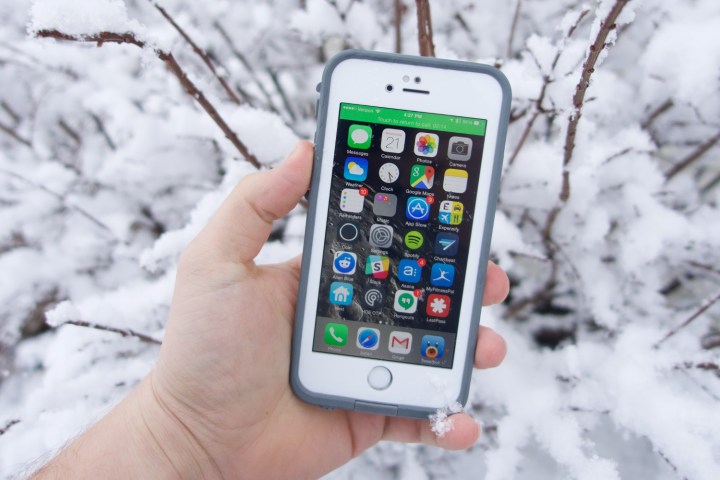
The company has not provided an explanation for the page’s removal.
Activation Lock, which was introduced alongside iOS 7 and which is enabled automatically when you turn on Find My iPhone, requires that you enter an Apple ID and password in order to bypass your device’s lock screen. It’s designed to prevent unscrupulous parties from using your iPad, iPod Touch, and iPhone if it’s lost or stolen — a device with Activation Lock requires the owner’s login information even if it’s erased or reactivated.
“[With] Activation Lock, if a thief tries to turn off Find My iPhone, or if they even wipe the device entirely, they will not be able to reactive it because they won’t know your iCloud username and password,” Apple’s Craig Federighi said at Apple’s Worldwide Developers Conference in 2013. “We think this is going to be a really powerful theft deterrent.”
Activation Lock works by cross-referencing the serial number of iPhones, iPads, and iPod touches with a database of devices reported stolen. Purchasers can request the device’s serial number and use the company’s tool to verify that Activation Lock has been turned off. If the device is still locked or if the seller refused to provide a serial number, chances are good that the device was lost or stolen.
Activation Lock’s impetus was pressure from lawmakers. In June 2013, New York State Attorney General Eric Schneiderman and San Francisco District Attorney George Gascon scheduled a face-to-face meeting with Apple, Google, Motorola, Samsung, and Microsoft to discuss the implementation of a “kill switch” that would render stolen devices inoperable.
The feature isn’t bulletproof, to be fair. Smartphone unlocking company ChronicUnlocks began offering the ability to remove Activation Lock from protected devices for a $150 fee. It noted, though, that the workaround wouldn’t wasn’t effective against devices in “Lost Mode,” a feature of the Find My iPhone app that Apple recommends enabling when a device is lost or stolen.
And Activation Lock isn’t as seamless as some users were led to believe. In October 2016, iPhone 7, 6, and 6s owners experienced an Activation Lock issue in which the device was linked to an Apple ID email address that didn’t belong to them. Users couldn’t sign in, and so couldn’t set up the iPhone. The company recommended that affected owners visit an Apple store, schedule a Genius Bar appointment, or call Apple’s support team at 1-800-MY-APPLE.
Editors' Recommendations
- iPhone 16: news, rumored price, release date, and more
- Apple’s new iPads look amazing, but there’s one big problem
- Apple’s new iPad Pro keyboard is a bigger deal than you think
- Does the iPad Air (2024) have a 120Hz display?
- Which iPads does the Apple Pencil Pro work with? Here’s the full list


